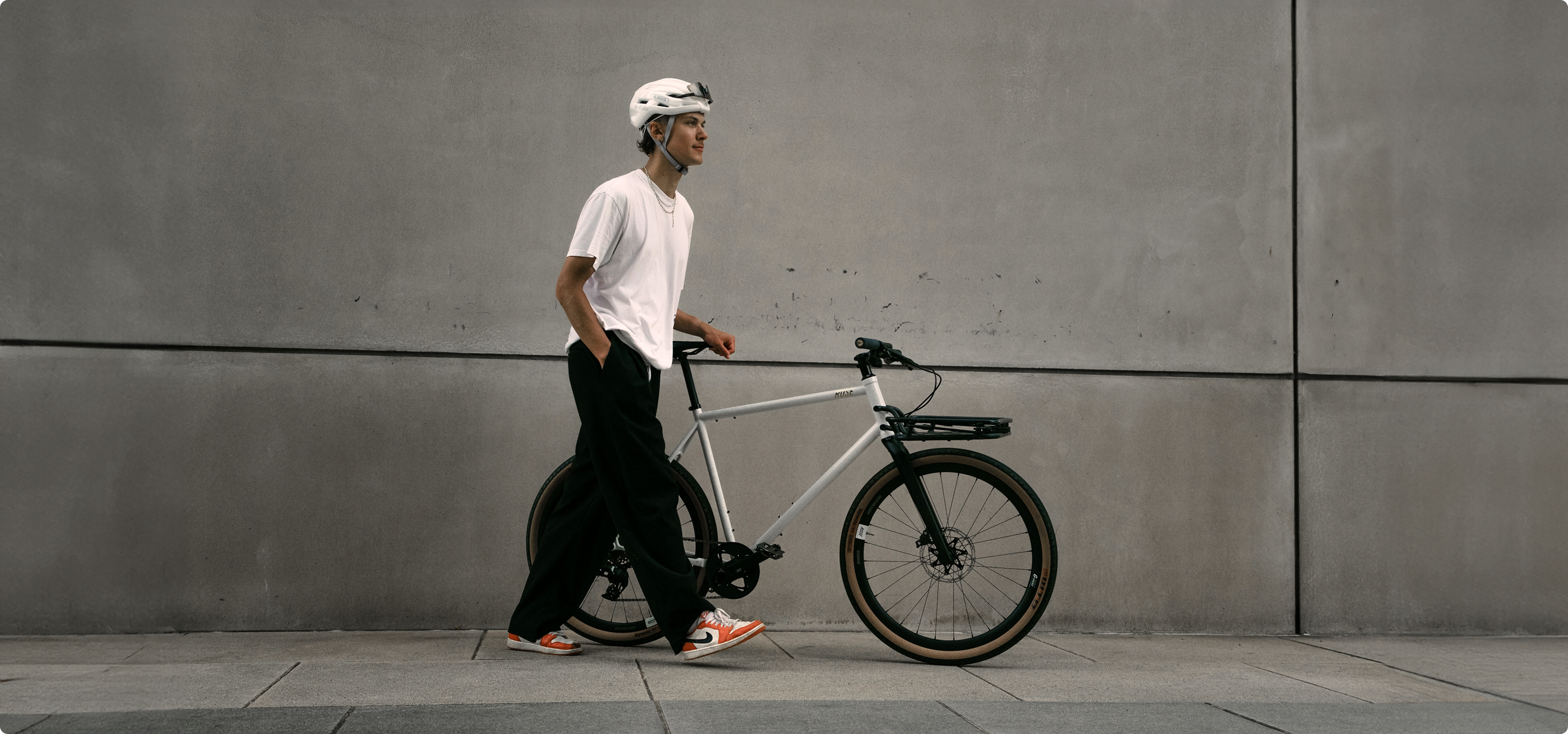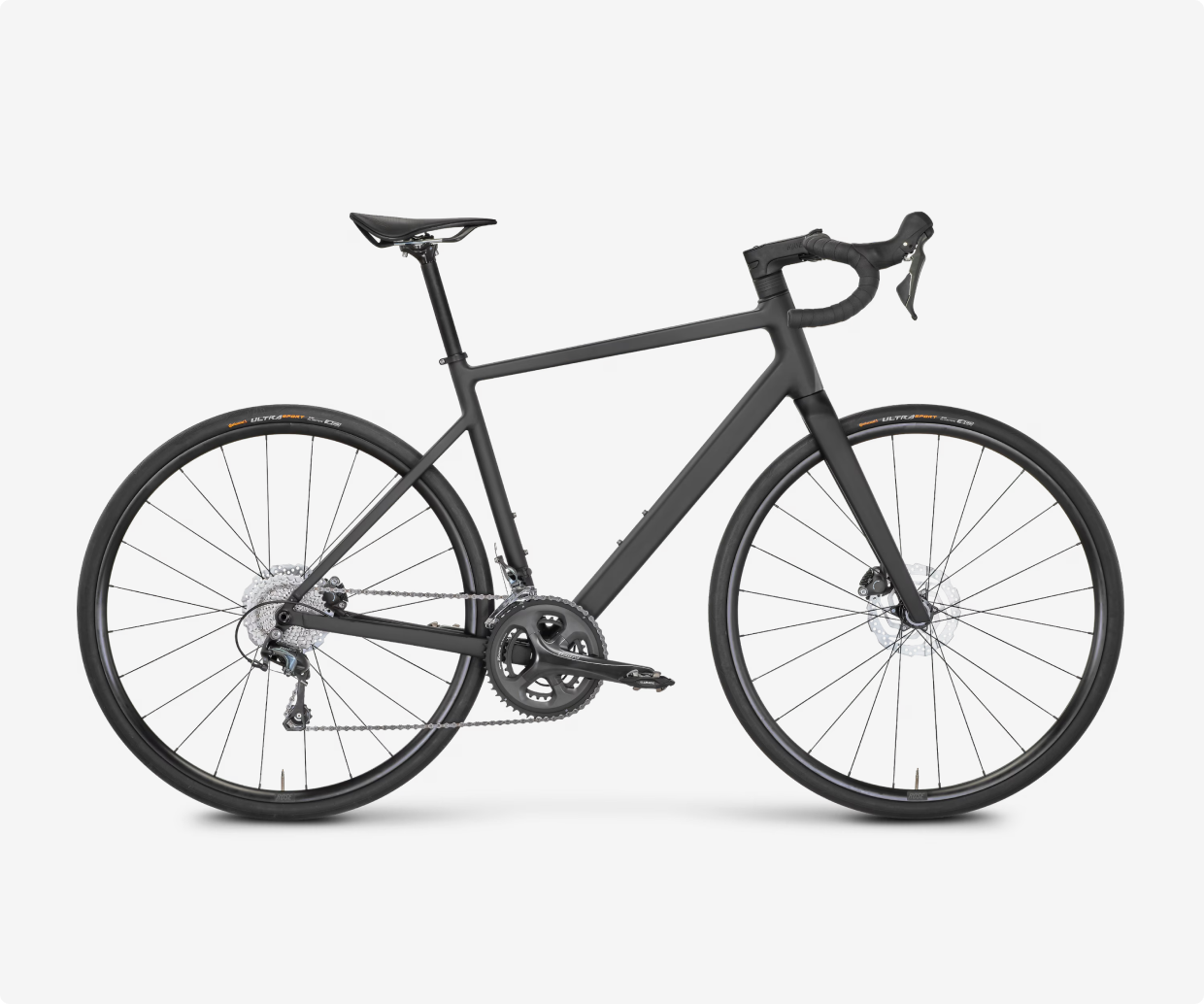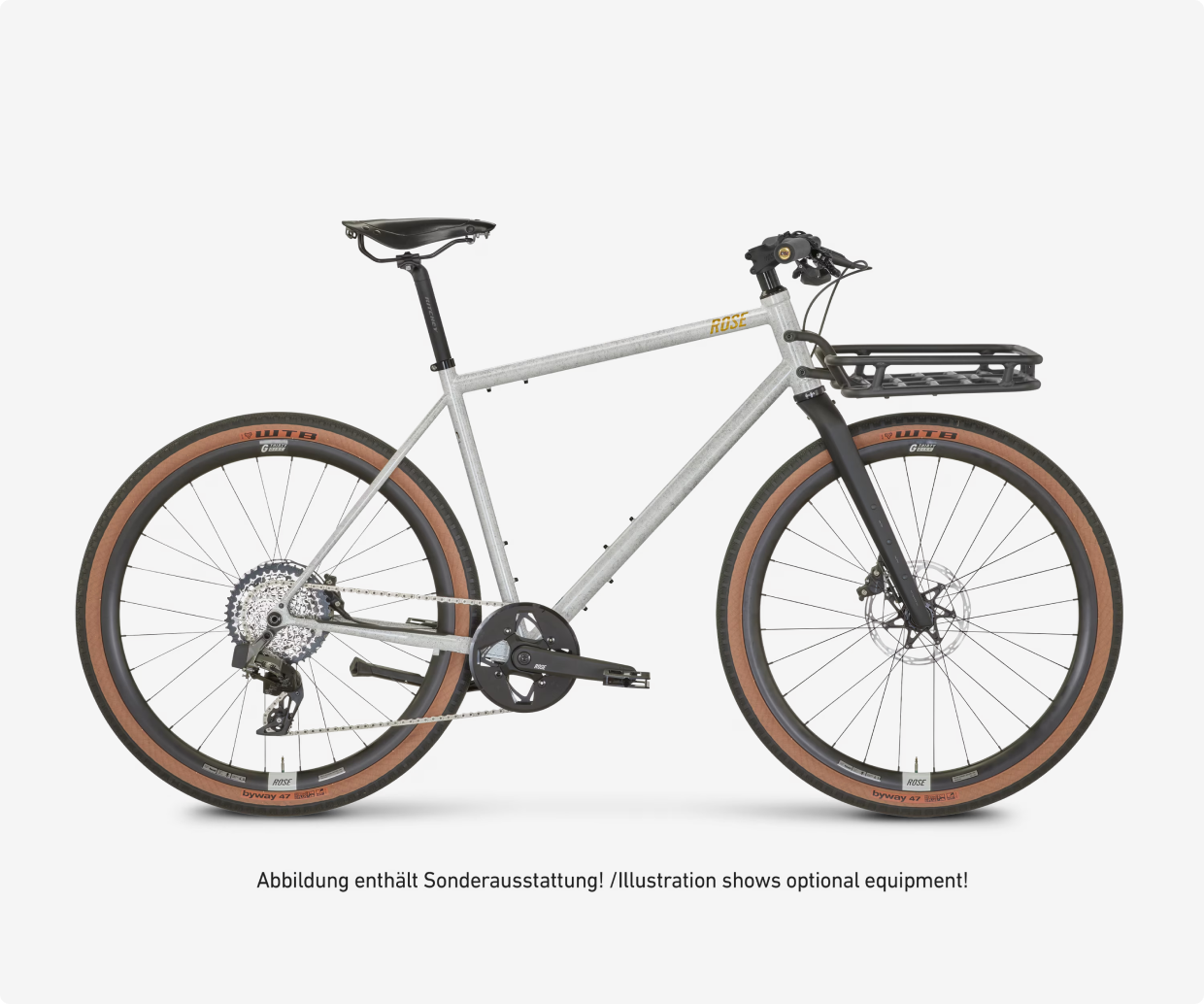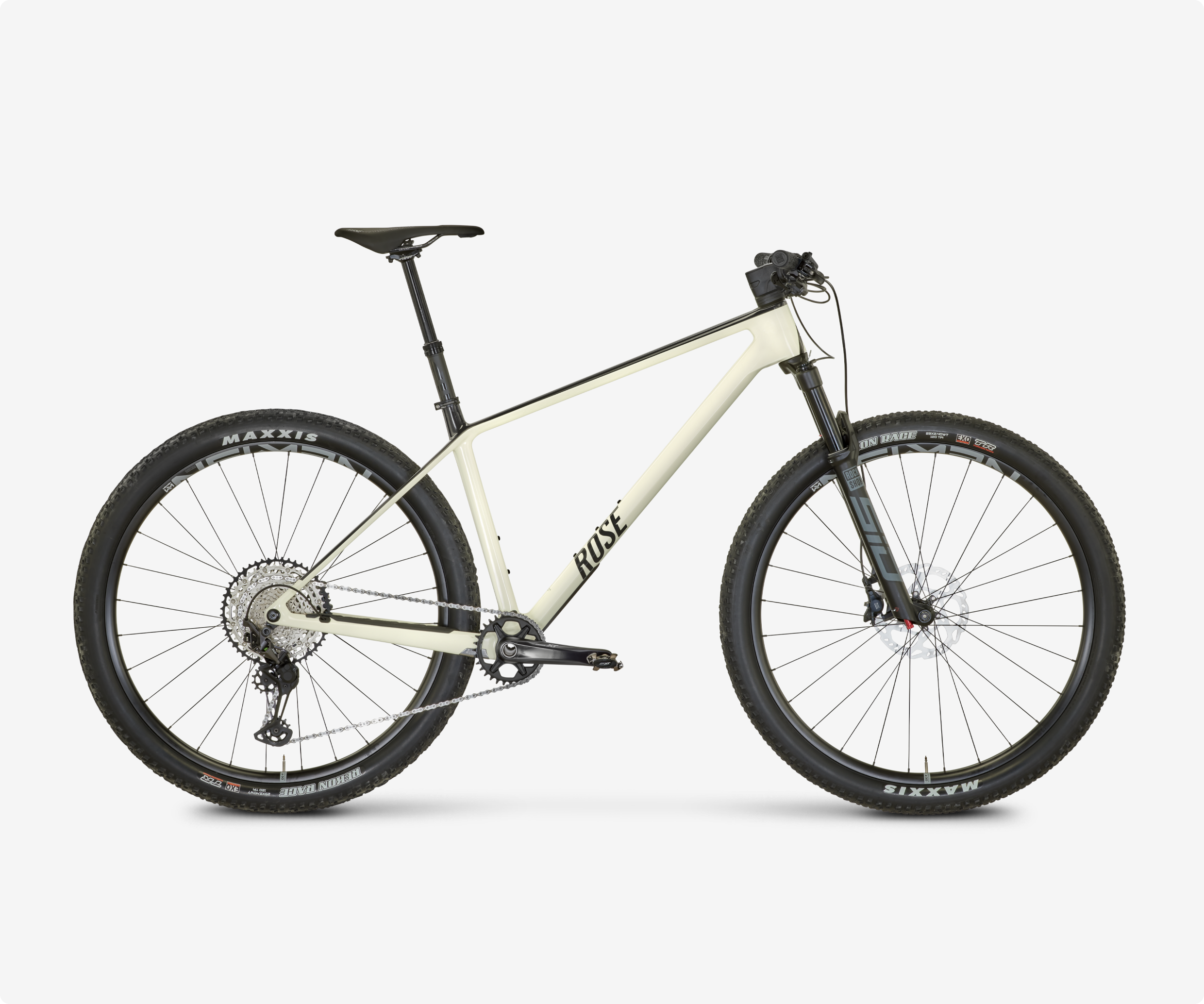Gravel Bikes for Men
For men who are riding off the beaten track: Experience the perfect mixture of performance and comfort to conquer any terrain. The adventure awaits. Find the right gravel bike for you here.
Our top picks for men
Our top picks for men
)
Everyday Gravel Bikes
Everyday Gravel Bikes
)
A bike for everything: Our Everyday gravel bikes are made for your active everyday life. They offer you easy and inexpensive access, attachment points for mudguards and pannier racks as well as tyres for any type of surface. Ideal if you want to cover sport, leisure and work with one bike.
Adventure Gravel Bikes
Adventure Gravel Bikes
)
This is where your next adventure begins. Off the beaten track, you will discover unknown scenery, enjoy nature and experience freedom without limits. Spontaneous or planned, with a lot of luggage or just the bare essentials. The experience counts – as well as long-distance geometries, robust parts and all-terrain tyres.
)
Backroad
Race Gravel Bikes
)
Maximum speed meets unpaved tracks. Race gravel bikes are built for performance: light, aerodynamic and extremely efficient. Their agile handling and integrated power meters make them ideal for fast training sessions and tough gravel races. Do you love competition? Then this is your bike.
)
Backroad FF
What you need to know
FAQs
What frame size do I need for my gravel bike?
Depending on the model, the correct frame size depends on your height or inside leg length. Are you caught between two sizes? The rule of thumb usually applies: Longer legs = smaller frame, shorter legs = larger frame. Your riding style can also make a difference: Larger frames are smoother, smaller ones more manoeuvrable. To be on the safe side, it's best to take a test ride.
Which saddle is best for men?
A comfortable saddle is essential – but comfortable does not mean soft. Men often need narrower saddles with a longer nose. A central cutout can reduce pressure. Important: The saddle position has to be right, otherwise even the best model won't fit. If you experience pain after the first few tours, try fine adjustments before you buy a new model.
What clothing should I buy as a beginner?
A helmet is essential, as well as cycling glasses to protect you from the wind, branches and insects. Gloves protect the wrists and offer protection in the event of a fall. You should buy padded cycling pants if you are riding longer distances – whether with or without bibs is a matter of taste. A tight-fitting jersey keeps you dry and a light windbreaker protects you from the sudden cold. In cooler temperatures, leg warmers or arm warmers are a practical addition.
Which shoes are ideal for gravel riding?
That depends on the pedals. With classic platform pedals, sturdy trainers are sufficient, but special flat pedal shoes with a grippy sole are the better choice. If you want to be more efficient, switch to clipless pedals – usually MTB systems that are easy to ride. The right shoes are available in a wide range from sporty for races to comfortable for touring. Take a look at our pedal guide.
Which accessories should I buy first?
In addition to the basics such as a pump and multitool, tyre levers and a spare inner tube are important. A torque wrench is mandatory for all adjustment work, especially on carbon bikes. A chain will last longer if it is oiled regularly – so don't forget the chain oil. A water bottle and holder are useful for long tours, and a lock is practical in the city. Overtime you’ll find out what else you need.
What do I have to consider when riding?
Gravel riding is not a road race – control and technique count here. Brake with foresight, apply the force evenly to both brakes. On loose surfaces, get out of the saddle slightly and keep your arms loose to absorb shocks. Your upper body should remain relaxed – too much pressure on the handlebars can quickly lead to numb hands or tension. Strong core muscles make long tours more comfortable and prevent fatigue.
)
)
)
)
)
)
)